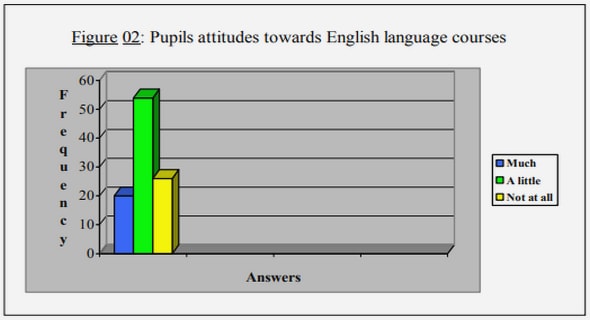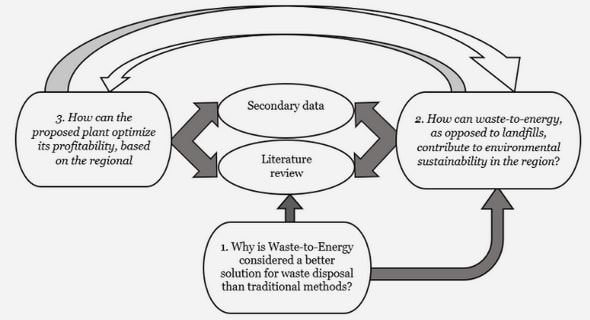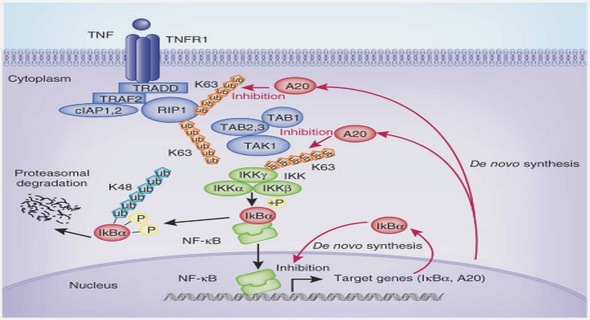Get Complete Project Material File(s) Now! »
INTRODUCTION
Firms seeking to grow strong brands operate in a rapidly changing landscape. The first decade of the twenty first century has been characterised by political instability, a shift in economic power to emerging markets, financial turbulence, widespread adoption of the internet, and increasing citizen awareness of natural resource limitations.
As they respond to a demanding rate of change, individuals increasingly look back to times when life was different. These nostalgic reflections serve as a psychological coping mechanism that enable people to make sense of life‟s changes (Sedikides, Wildschut, Arndt, & Routledge, 2008) and to better deal with an unsavoury present and worrisome future (Cutcher, 2010)
Although consumer behaviourists have focused extensively on nostalgia in the context of individual objects (Holak & Havlena, 1992; Schindler & Holbrook, 2003; Wildschut, Sedikides, Arndt, & Routledge, 2006), the nostalgic preferences that consumers form with brands has not been systematically studied in the academic literature (Lambert-Pandraud & Laurent, 2010). This study is motivated by a desire to learn more about consumers‟ nostalgic connections with brands rather than products or specific objects.
The study seeks to not only contribute to the field of consumer behaviour, but also to guide marketers and brand managers who seek to leverage brand equity that rests on nostalgic connections formed in earlier times and to enable consumers to build Introduction to the research problem strong connections that will strengthen consumer-brand relationships going forward.
1. CHAPTER 1: INTRODUCTION TO THE RESEARCH PROBLEM
1.1 INTRODUCTION
1.2 KEY TERMS
1.3 BACKGROUND
1.4 CONSUMER-BRAND RELATIONSHIPS
1.5 OVERVIEW OF NOSTALGIA
1.6 PROBLEM STATEMENT
1.7 RESEARCH OBJECTIVES
1.8 SCOPE AND DEMARCATION OF THE STUDY
1.9 RELEVANCE OF THE STUDY
1.10 THE SOUTH AFRICAN CONTEXT
1.11 SUMMARY AND ORGANISATION OF CHAPTERS
2. CHAPTER 2: LITERATURE REVIEW
2.1 INTRODUCTION
2.2 OVERVIEW OF NOSTALGI
2.3 CONCEPTUALISING AND DEFINING NOSTALGIA
2.4 CLASSIFYING NOSTALGIC EXPERIENCES
2.5 EXPLAINING NOSTALGIC EXPERIENCES
2.6 NOSTALGIA AND MARKETING
2.7 NOSTALGIA AND BRANDING
2.8 BRAND EXPERIENCE
2.9 CONCLUSION
3. CHAPTER 3: HYPOTHESES
3.1 HYPOTHESIS ONE
3.2 HYPOTHESIS TWO
3.3 HYPOTHESIS THREE
3.4 HYPOTHESIS FOUR
3.5 HYPOTHESES FIVE, SIX, SEVEN AND EIGHT
3.6 HYPOTHESIS NINE
4. CHAPTER 4: RESEARCH METHODOLOGY
4.1 INTRODUCTION
4.2 METHODOLOGICAL PARADIGM
4.3 OVERVIEW OF RESEARCH DESIGN AND STATISTICAL ANALYSES
4.4 SCALE DEVELOPMENT
4.4.1 Construct definition
4.4.2 Construct operationalisation
4.4.3 Scale review
5. CHAPTER FIVE: SCALE ADAPTATION
5.1 INTRODUCTION
5.2 STUDY POPULATION
5.3 FOCUS GROUPS
5.4 EXPERT JUDGEMENT
5.5 PILOT STUDY
5.6 RESULTS
5.7 DISCUSSION
5.8 CONCLUSION
6. CHAPTER 6: MAIN STUDY: HYPOTHESIS TESTING
7. CHAPTER 7: DISCUSSION
8. CHAPTER 8: CONCLUSIONS


